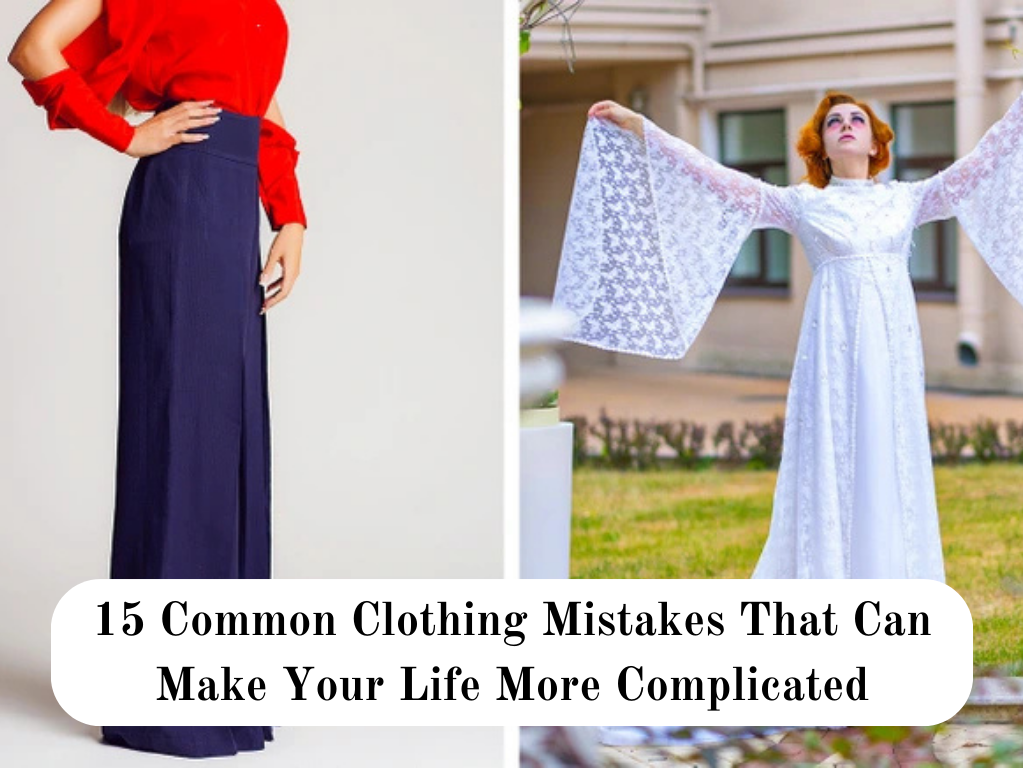Fashion is not only about looking good—it’s also about comfort and practicality. Many of us make clothing mistakes that, while they may seem minor, can complicate our daily lives in unexpected ways. Whether it’s ill-fitting undergarments or shoes that hurt, these missteps can make your day-to-day activities more challenging. Here are 15 common clothing mistakes that can cause discomfort or inconvenience, and how to fix them.
1. Wearing Your Bra the Wrong Way

One of the most common clothing mistakes that women make is wearing their bras incorrectly. Many tend to wear bras that are too tight or too loose, which can cause discomfort, back pain, or even poor posture. Additionally, fastening your bra incorrectly can create an awkward fit, resulting in straps slipping or an unflattering silhouette.
How to Fix It:
- Ensure your bra fits well by checking the band and straps. The band should sit comfortably, not tight, and the straps should not dig into your shoulders.
- Experiment with different types of bras to find the best fit for your body shape—strapless, sports bras, or padded bras might offer more comfort for different occasions.
2. Wearing the Wrong Type of Bra

Not all bras are created equal, and wearing the wrong type for your body or clothing can lead to discomfort or even an unflattering look. For example, wearing a push-up bra with a loose top or a sports bra with a formal dress can compromise both comfort and appearance.
How to Fix It:
- Choose bras based on the clothing you’re wearing. A sports bra is best for active days, while a strapless bra is ideal for tops or dresses with no shoulder straps.
- Consider the level of support you need—light, medium, or high—and make sure to go for the appropriate fit for your bust size.
3. Wearing the Wrong Type of Underwear for Your Shape

Underwear plays a major role in both comfort and shaping your overall look. Wearing underwear that’s too tight or too loose can cause discomfort, while wearing the wrong style for your outfit can lead to visible lines, bunching, or even chafing.
How to Fix It:
- Opt for seamless or thong underwear under tight-fitting clothes to avoid visible panty lines.
- Choose underwear that fits your body comfortably and provides adequate support. For a smoother look, high-waisted or shaping underwear can help control and shape your figure.
4. Wearing Clothes That Require Tying Something Around the Neck Too Often

While clothes with neck ties, like halter tops or dresses, can look stylish, constantly adjusting them throughout the day can be frustrating. Neck ties that require frequent re-tying can distract you from daily tasks and cause unnecessary discomfort.
How to Fix It:
- Select tops and dresses with fixed necklines or adjustable straps that require minimal maintenance.
- Look for designs with secure ties that stay in place, eliminating the need for constant adjusting.
5. Wearing a Swimsuit the Wrong Way

Swimsuits, especially when wet, can be uncomfortable if not properly adjusted. Swimsuits that are too tight can restrict movement and cause chafing, while those that are too loose may not offer enough support. Wearing a swimsuit incorrectly can also affect your posture and confidence.
How to Fix It:
- Ensure your swimsuit fits properly before wearing it, making sure the straps are adjusted and the suit is secure around the body.
- Choose a swimsuit with enough support for your body shape and comfort level—bikinis, one-pieces, and tankinis all offer different support levels.
6. Wearing a Shirt That Is So Tight It Causes Gaping
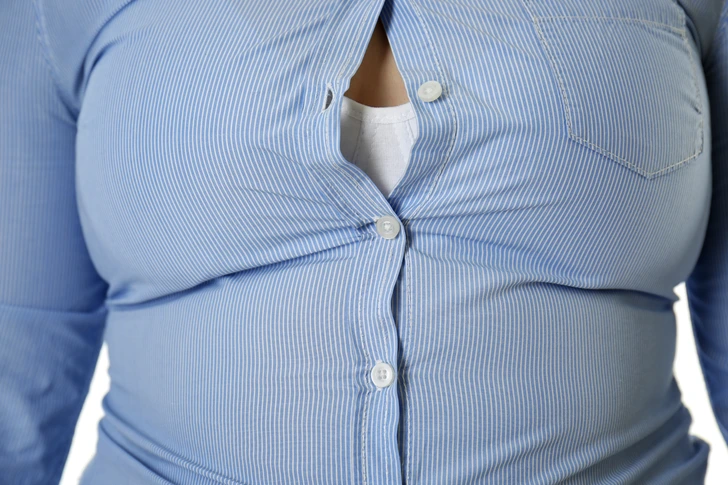
Shirts that are too tight across the chest or torso often result in uncomfortable gaping between buttons. This can be embarrassing and distracting, especially if you’re attending an important event or meeting.
How to Fix It:
- Choose shirts with the right fit for your body. The shirt should be snug, but not tight, around your chest and shoulders.
- If you often face gaping issues, consider shirts with a bit of stretch or fabrics that drape more naturally.
7. Wearing Sharp Accessories
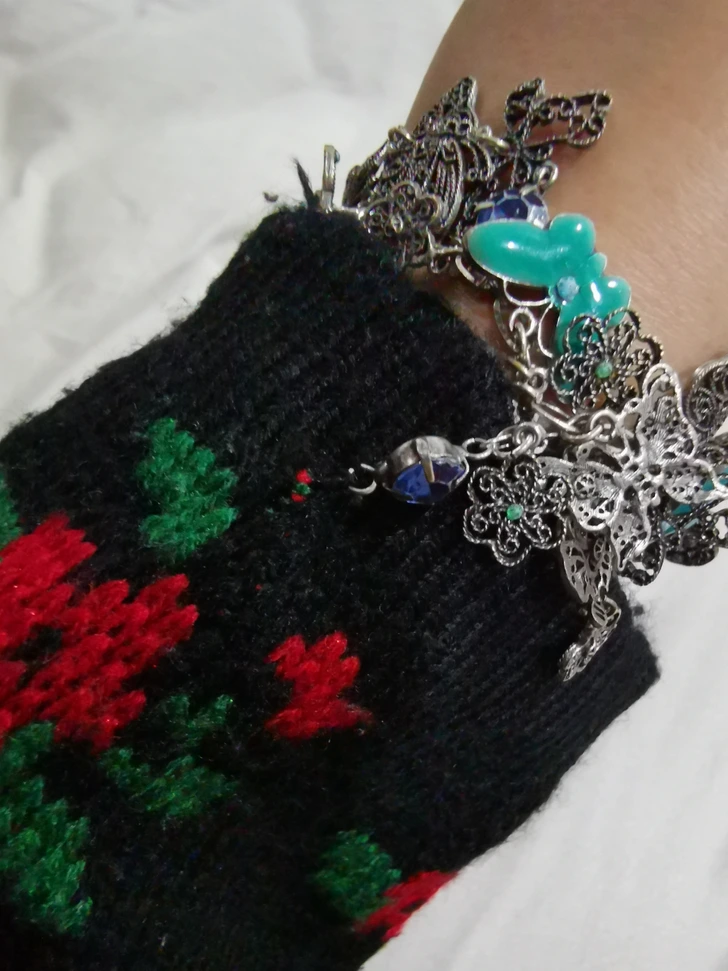
Accessories like necklaces, rings, and bracelets can enhance your outfit, but sharp edges or poorly designed pieces can dig into your skin and cause irritation. Wearing overly large or cumbersome accessories can also restrict your movement.
How to Fix It:
- Choose accessories with smooth edges or opt for minimalist designs that don’t interfere with your comfort.
- Pay attention to the weight of your accessories—heavy pieces may look stylish but can cause discomfort after prolonged wear.
8. Trying to Fit Into Tight Pants

Tight pants may seem fashionable, but wearing them too tight can cut off circulation, cause discomfort, or even affect your posture. Tight pants can also cause chafing or leave you unable to move freely, especially when sitting for long periods.
How to Fix It:
- Choose pants with a comfortable fit that allows movement, and be mindful of the fabric. Stretchy materials are often a good option, as they offer flexibility without feeling constricting.
- If you love skinny jeans, consider high-waisted versions that offer more comfort and mobility.
9. Wearing Shorts That Keep Riding Up and Making You Uncomfortable
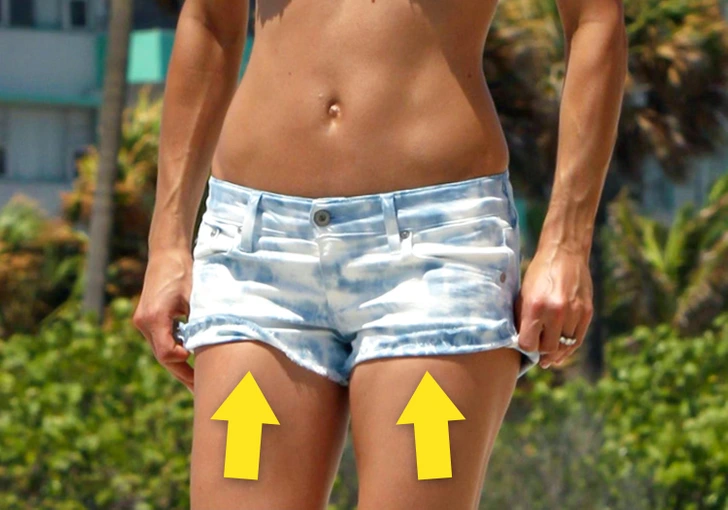
Shorts that ride up or feel too tight on the thighs can be a major source of discomfort, especially when walking or sitting. This can lead to constant adjusting, which is frustrating and distracting.
How to Fix It:
- Opt for shorts that fit well around the waist and thighs. If you have a larger thigh area, look for looser styles like bermuda shorts or relaxed-fit options.
- Ensure the length of the shorts is appropriate—shorts that are too short may ride up more easily.
10. Wearing a Romper, Jumpsuit, or Bodysuit That Makes It Hard to Go to the Restroom

Romper, jumpsuit, and bodysuit styles are trendy but can present a major problem when you need to use the restroom. The process of removing and putting them back on can be time-consuming and inconvenient, especially in public places.
How to Fix It:
- Consider designs with zippers or snaps for easier removal.
- Choose rompers and jumpsuits with a more relaxed fit to make bathroom visits less cumbersome.
11. Wearing Anything That Is Too Long

Clothing that is too long, such as pants, dresses, or skirts, can drag on the ground, causing you to trip or feel weighed down. It can also create a sloppy look that doesn’t flatter your body shape.
How to Fix It:
- Tailor items that are too long to the correct length for your body.
- When wearing dresses or skirts, make sure they hit at a flattering spot, whether above the knee or just below.
12. Wearing the Wrong Socks to Match Your Shoes and Bottoms
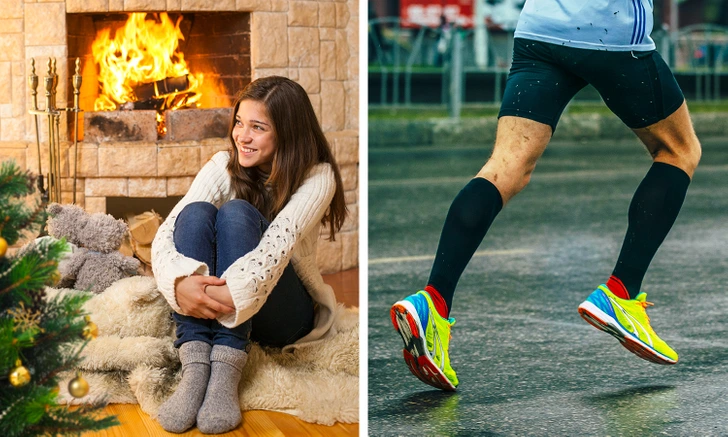
Wearing socks that don’t match your shoes or outfit can break the overall flow of your look. Visible mismatched socks can make you appear uncoordinated or out of place, especially in formal settings.
How to Fix It:
- Match socks to your pants or shoes, especially for formal occasions. Choose neutral-colored socks for professional settings or opt for fun patterns if you’re dressing casually.
- Make sure your socks are the right length to avoid discomfort or awkward bulges under your shoes.
13. Wearing Narrow-Toed Shoes and High Heels Too Often

Narrow-toed shoes and high heels can cause long-term foot problems like blisters, bunions, or even chronic pain. Constantly wearing them, especially when not suited for the activity, can cause discomfort and damage to your feet.
How to Fix It:
- Rotate your shoes regularly, wearing more comfortable options like flats, sneakers, or supportive sandals.
- If you do wear high heels or narrow-toed shoes, limit their wear and prioritize foot care to prevent injury.
14. Wearing Flip-Flops All Summer

Flip-flops may be convenient and comfortable for lounging by the pool, but wearing them all summer long can cause foot pain, poor posture, and even lead to injuries from lack of foot support.
How to Fix It:
- Reserve flip-flops for casual or beach settings, and opt for sandals or shoes with more support for daily wear.
- Choose footwear with arch support to maintain good posture and prevent foot issues.
15. Wearing the Wrong Shoes for Running

Wearing improper shoes for running, such as sandals or fashion sneakers, can result in discomfort, shin splints, or even injury. Running shoes are specifically designed to provide support and cushioning, making them essential for avoiding damage.
How to Fix It:
- Invest in a good pair of running shoes that match your foot type and running style.
- Replace running shoes regularly to ensure they provide proper support.
Final Words: Avoid Clothing Mistakes for a Better, More Comfortable Life
Clothing mistakes can lead to discomfort, frustration, and sometimes even long-term issues. However, by being mindful of fit, fabric, and the overall practicality of your clothing, you can easily prevent many of these complications. The key is to prioritize comfort, functionality, and proper fit while still embracing your personal style. Make small adjustments to your wardrobe and enjoy a more comfortable and confident lifestyle.
